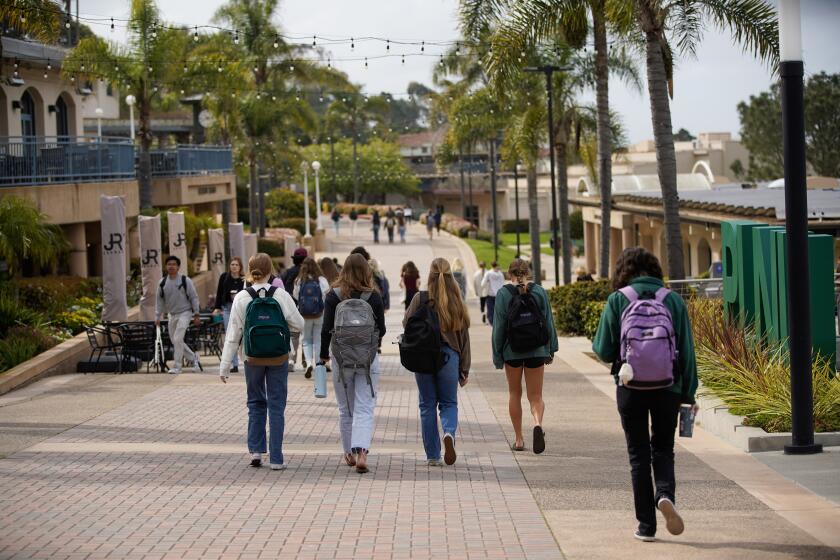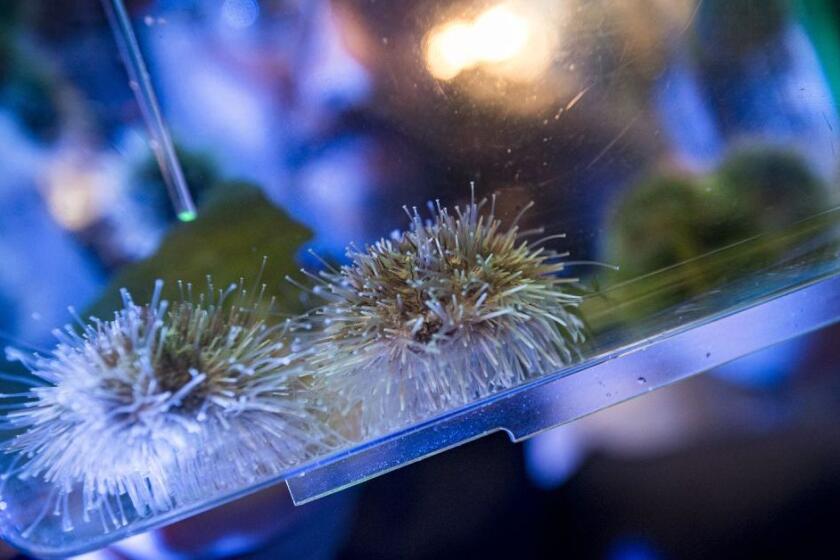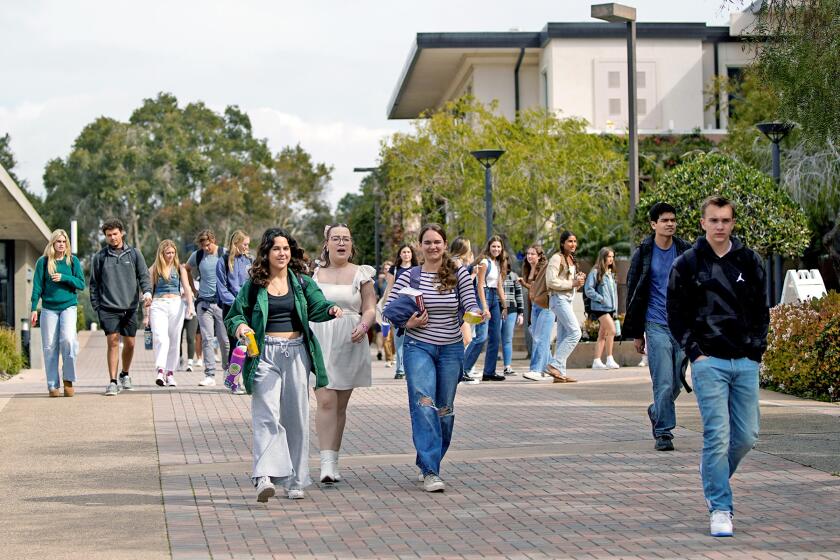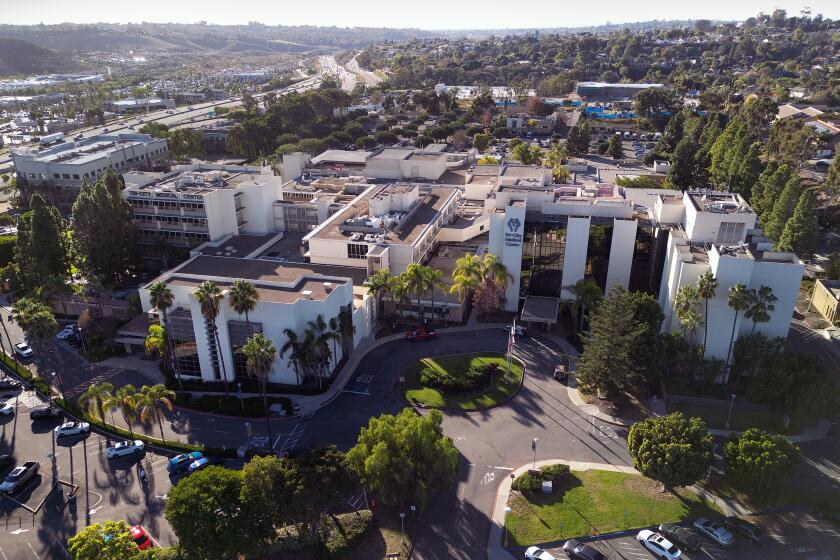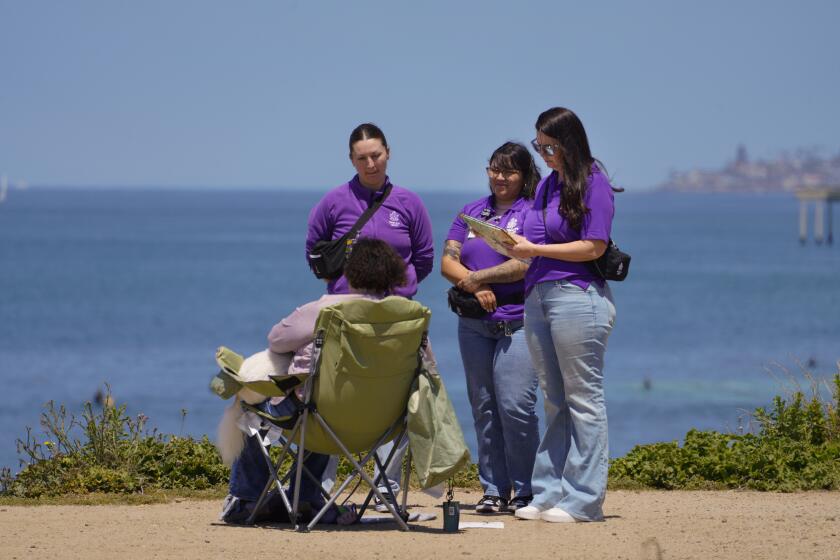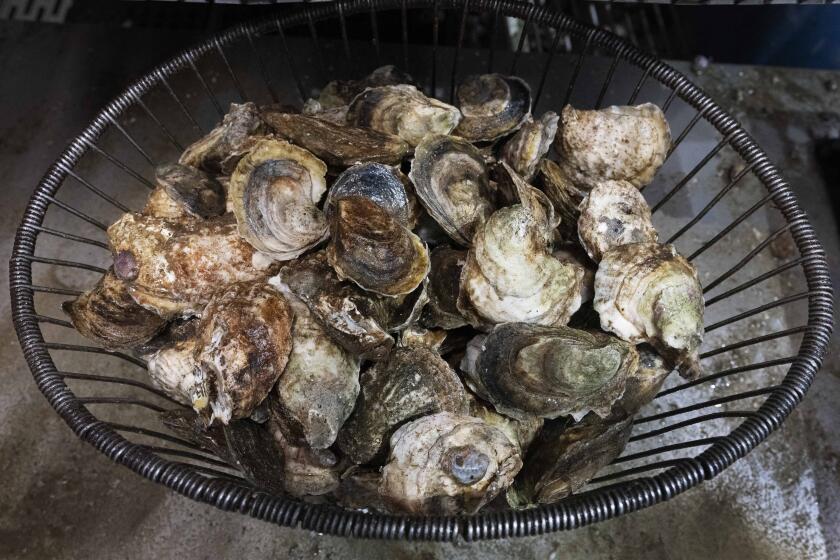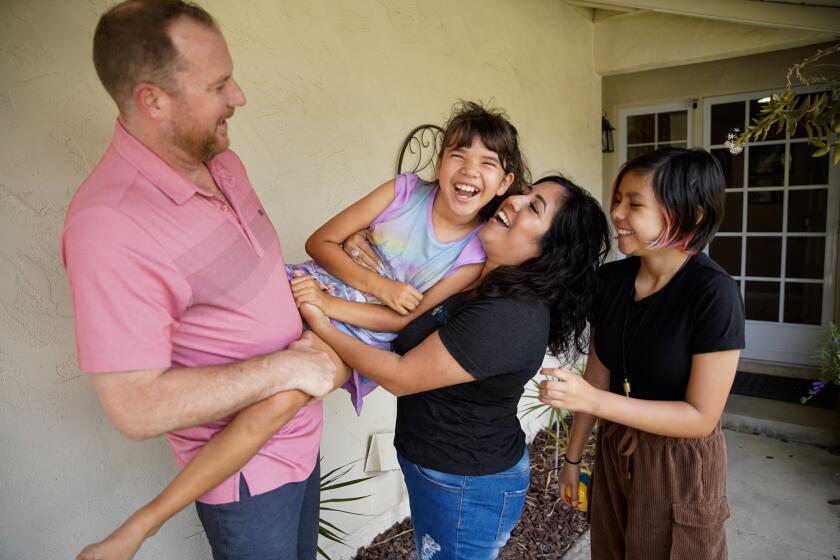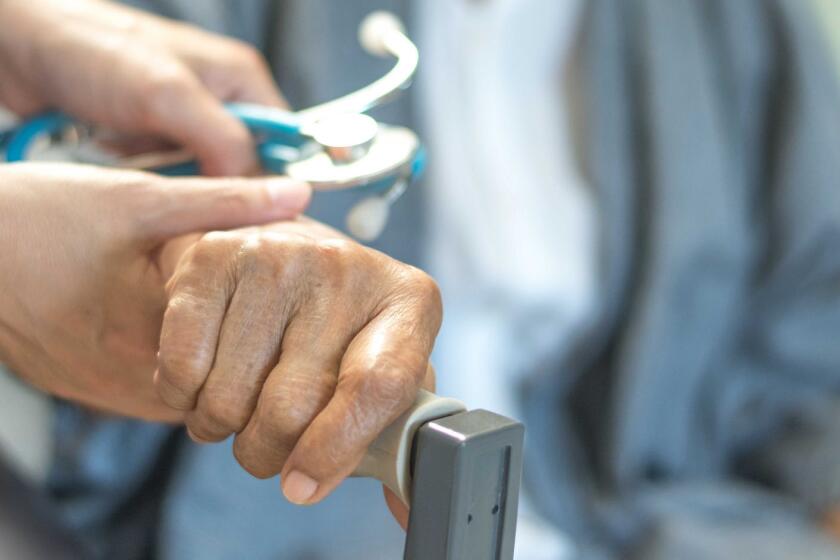Scientists rush to determine if mutant strain of coronavirus will deepen pandemic
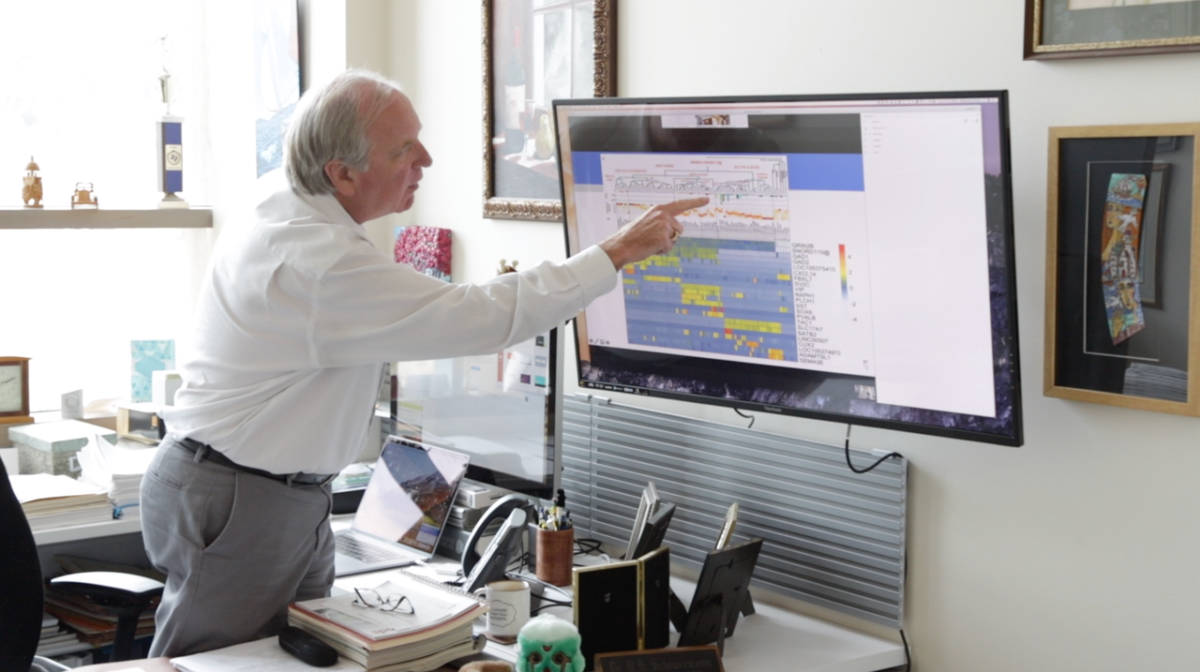
U.S. researchers have been slow to perform the genetic sequencing that will help clarify the situation
The COVID-19 vaccines rolling out across the nation are lifting spirits over the holidays. But there’s also budding concern about new strains of the virus that have been discovered in Great Britain, South Africa and possibly in Nigeria.
Scientists say they are hopeful, but unsure, that the vaccines will repel the mutants. The variant found in Great Britain may be more contagious than the original virus. And it’s unclear whether the pathogens will take hold in the U.S., where nearly 19 million people have already been infected.
There’s lots of uncertainty because things are happening quickly. Researchers also say the U.S. hasn’t done enough to search for mutant strains of the virus and to figure out whether they’ll worsen the pandemic.
To get a better sense of what’s happening, the Union-Tribune posed questions to five top San Diego scientists who are involved in fighting the virus. They offered differing perspectives, particularly on the nature of B.1.1.7, the mutant strain that helped lead to a lockdown in much of Great Britain.
The scientists are: Richard Scheuermann, director of the La Jolla campus of the J. Craig Venter Institute; Alessandro Sette, immunologist, La Jolla Institute for Immunology; Nancy Binkin, professor of public health at UC San Diego; Rob Knight, an infectious disease expert at UC San Diego; and Greg Lemke, a molecular neurobiologist at the Salk Institute.

Q: Let’s begin with a gut check. The public has been upset about the coronavirus for nearly a year. Does a mutant version of the virus pose a much deeper level of trouble?
Lemke: Not necessarily. All viruses mutate during infection cycles, and most mutations are either of no impact or actually weaken a virus. SARS-CoV-2 has mutated repeatedly during this infection cycle. Concerns arise when mutations enhance virus infectivity, lethality or transmissibility.
Binkin: The rapid rise of cases in Southern England, despite all the measures undertaken to control spread, is alarming. If these mutations have made the virus more infectious by increasing the viral load or by shortening the incubation period or prolonging how long people remain infectious, this would have serious implications for stopping further spread.
If the mutations also made the currently available treatments such as monoclonal antibodies less effective or the new vaccines less protective, this would also be very serious.
Scheuermann: I am not really worried about this strain, mainly because infections are running rampant in the United States already. So if another strain comes in, maybe it will increase transmissibility rates a bit. But they’re already high, and it doesn’t appear that the virus is more virulent than the original. If it was, I would be more worried.
Q: The U.S. has not been routinely sequencing the genes of virus specimens to help determine what’s going on. Why not?
Binkin: We have lagged behind some countries, especially Great Britain, which got its act together early. They have sequenced 157,000 virus specimens by working with their National Health Service and a consortium of universities. The U.S. has sequenced about 51,000 specimens, and those have mostly come from 37 states. We are going to begin sequencing in all 50 states. But we’ll still be far behind the British, who plan to double the number of specimens they sequence, moving to 16,000 to 20,000 per week. We have been doing about 1,600 per week.
I don’t know whether the issue for us is funding or a lack of will or the fact that we don’t have the kind of centralized system the British have for pulling samples from its hospitals.
People are concerned that the mutation might be more lethal. That is an issue. But even if it is not, you could have more hospitalizations and more deaths because a greater number of people become infected.
We need to do more.

Scheuermann: Public health labs are overwhelmed with doing routine testing for the presence and absence of the coronavirus. They’re kind of underfunded and under-staffed. When the outbreak spread, it became clear that doing genetic sequencing on the virus could be valuable. We weren’t as prepared for this as we should have been. But the CDC is rolling out a surveillance program now.
Q: Does the lack of gene sequencing pose a major health risk? For example, could it make it harder to contain a mutant that is more contagious than the original virus?
Scheuermann: It’s fair to say that without sequencing it would be harder to detect mutants that have the characteristics of the one we’re seeing in the U.K., where it seems to be highly transmissible.
We would not recognize it right away. What you would have to see is a geographic region where all of a sudden the rates of infection increased dramatically. That’s what they initially saw in the U.K. In parallel, they were doing surveillance sequencing and recognized that the higher infection rates correspond to this new variant.
They saw it pretty rapidly.
Q: Is it likely that the new variant will widely spread across the U.S.?
Sette: We don’t know because we’re not surveying for it. We do know that the current tests for COVID-19 pick up the older version of the virus and the variant. The test doesn’t detect the differences between the two, but it sees both. That’s good because it means that the variant isn’t going to slip under the radar.
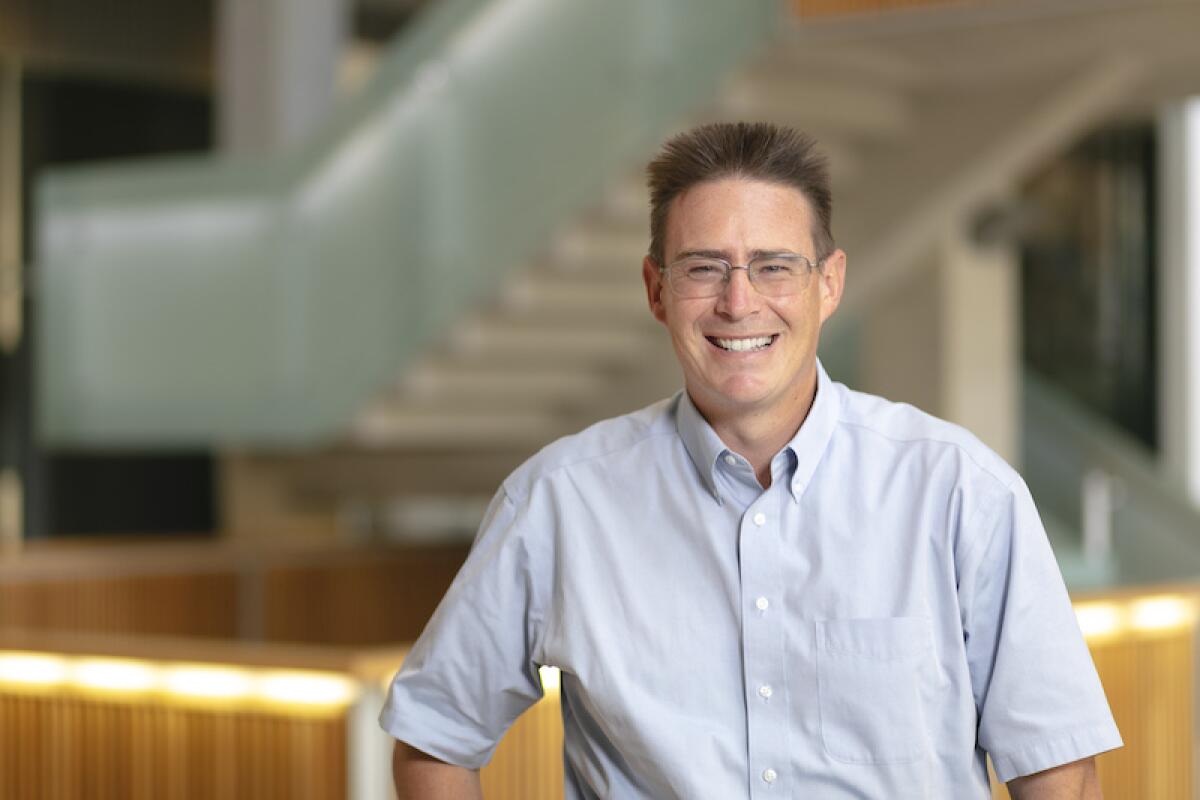
Q: Will scientists be able to tell whether the mutated virus has shown up in San Diego County?
Knight: Yes, we’re working hard between the EXCITE lab at UCSD, Scripps Research and the CDC to sequence as many viral genomes as we can from people who tested positive in our region.
That includes traces of coronavirus that we’ve been finding in wastewater at UCSD. This integrated program will help us see rapidly if a new type of virus is spreading, and if it’s spreading faster than existing types, which could prompt a more immediate and forceful public health response to stop the spread.
Q: If the mutated virus is here, how might it affect public health locally? Or is that even knowable at the moment?
Lemke: It’s quite new, so we don’t know. However, the anecdotal experience in the U.K. thus far has been that the scope and severity of disease, when it occurs, is about what we’ve seen for COVID over the last 10 months.

Q: Do you think that the new vaccines coming out will be effective against mutated version of the virus?
Sette: It looks like the answer is yes. The vaccine should be able to recognize pieces of the virus that have not changed. It’s like your ability to recognize a car because it has tires and windows and an exhaust pipe. A new version of the car might have red upholstery. But you’d still recognize it as a car. I don’t think the vaccine will be fooled.
Lemke: The approved vaccines and most of those in advanced development all target the same part of the virus — the spike protein. The genome encoding the spike protein is subject to mutation, and there are spike mutations in B.1.1.7. However, it is not clear at this point if the virus could generate mutations that would render the spike completely undetectable in a person immunized with the current vaccines while at the same time producing a viable virus.
Q: Is genetic sequencing actually the key to finding out if the new strain is potentially more deadly than the one we have been dealing with?
Scheuermann: The sequence in and of itself doesn’t tell you that. You’ll be able to determine if there are mutations. But we won’t be sure that it is going to change the transmissability of the virus, or make it more virulent. We won’t be sure how it is going to respond to a vaccine, and whether you might have some resistance emerging. That would require more research. You also would have to do population-based statistics to know that something like an increase in severe cases in a geographic area might be due to a variant of the virus.
Q: Would it be comparatively easy and inexpensive to do this kind of sequencing?
Scheuermann: It’s relatively easy to do now. But it can cost $50 to $100 to generate that sequence. Some public health laboratories just don’t have it in their budgets to do the scale of surveillance you might want to do.
Get Essential San Diego, weekday mornings
Get top headlines from the Union-Tribune in your inbox weekday mornings, including top news, local, sports, business, entertainment and opinion.
You may occasionally receive promotional content from the San Diego Union-Tribune.


